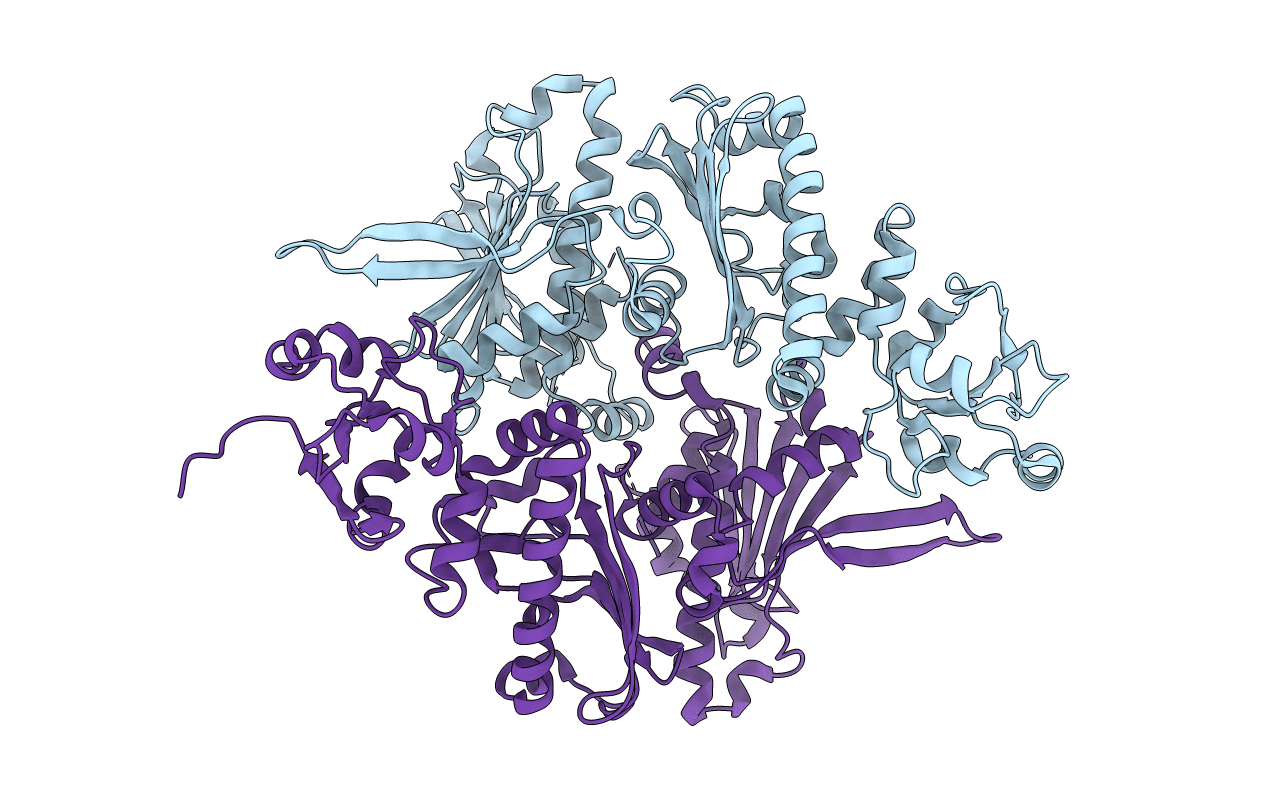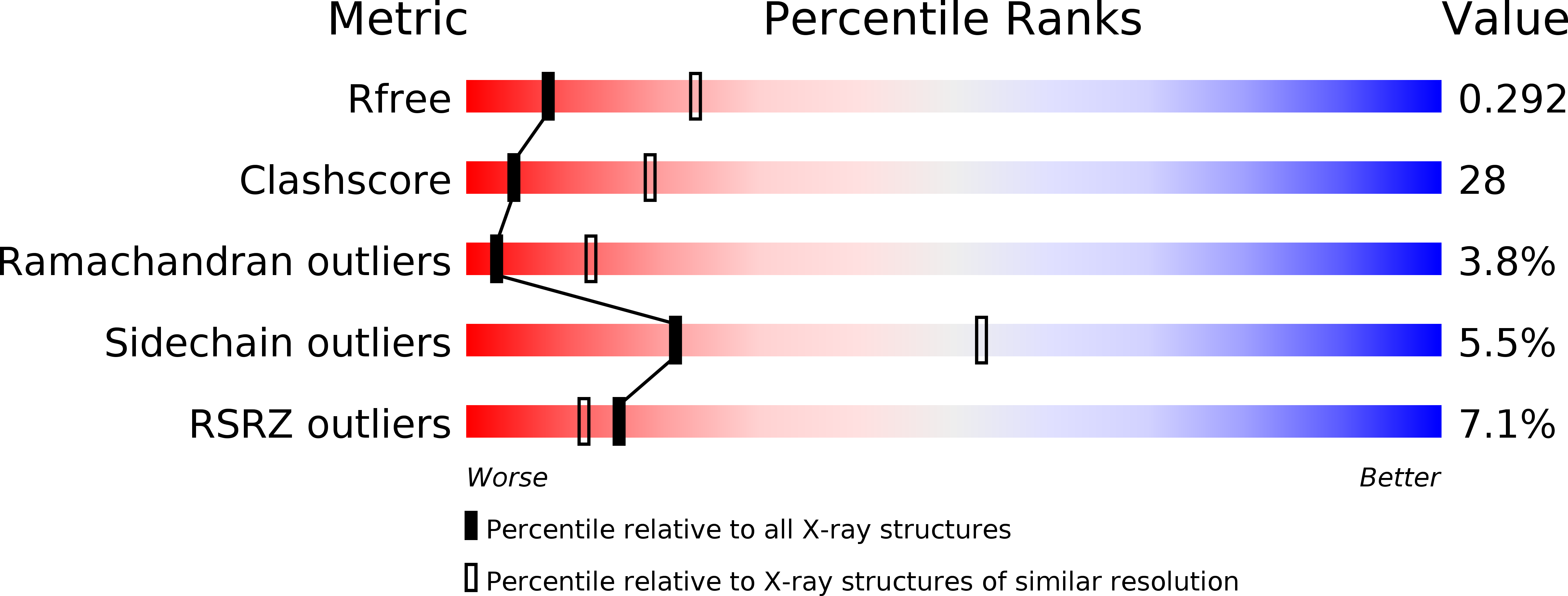
Deposition Date
2004-12-01
Release Date
2005-04-19
Last Version Date
2024-04-03
Entry Detail
PDB ID:
1Y4U
Keywords:
Title:
Conformation rearrangement of heat shock protein 90 upon ADP binding
Biological Source:
Source Organism:
Escherichia coli (Taxon ID: 562)
Host Organism:
Method Details:
Experimental Method:
Resolution:
2.90 Å
R-Value Free:
0.29
R-Value Work:
0.24
Space Group:
P 4 21 2


